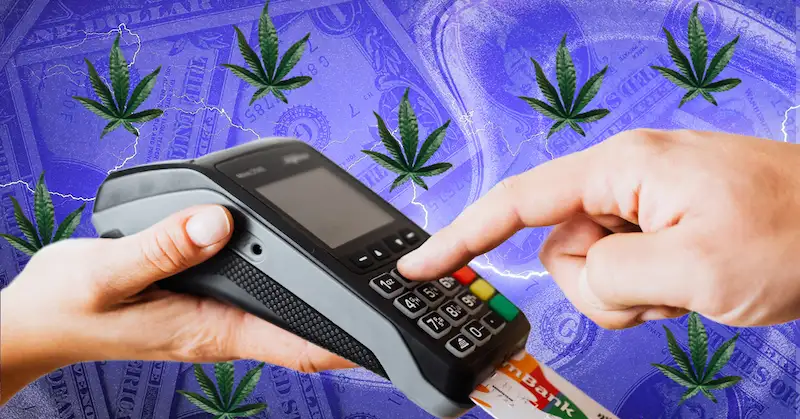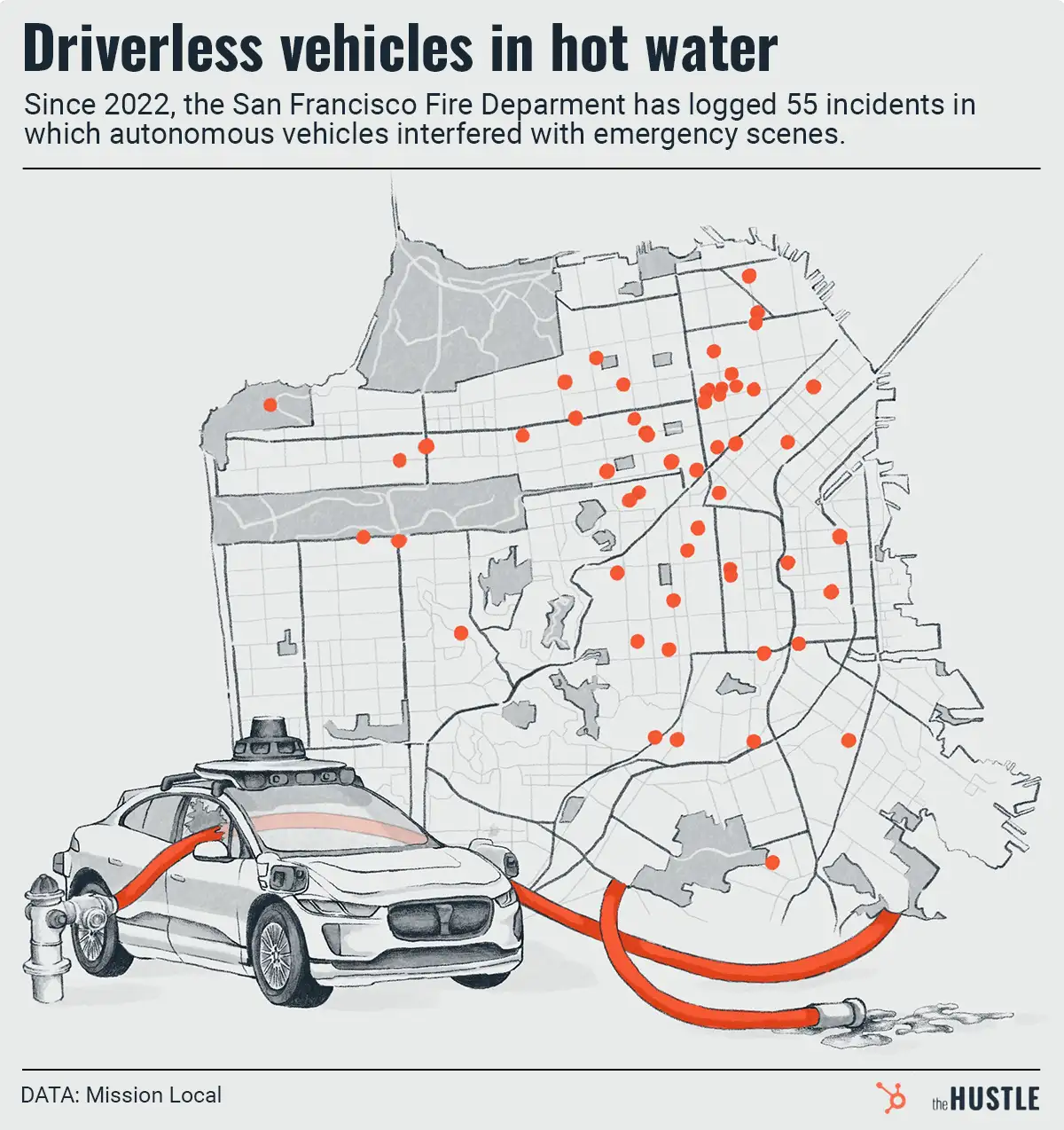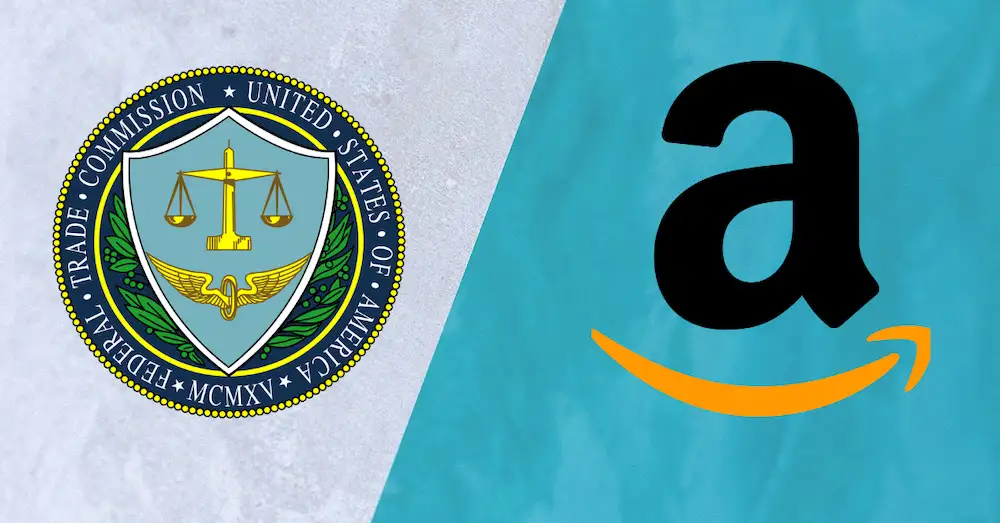
Politicians, police, and… Panera: Geofencing is taking over
Your location data has a little something for everyone.
Published:
Updated:
Related Articles
-

-

The government vs. AI deepfakes
-

Big Tech power rankings: Where the 5 giants stand to start 2024
-

The government can read your push notifications
-

Why you usually can’t buy weed with a credit card… for now
-

Music you can really feel — no, really
-

Where there’s smoke, there’s an autonomous vehicle blocking a fire
-

Meta vs. Canada is a long pattern of dismantling news
-

Is the ‘Big One’ about to drop on Amazon?
-

Enshittification just keeps happening

